Rally is a category that is largely distinct from all other forms of motorsport, the driving method tends to go against circuit racing common sense. So here’s a brief guide to esports-level rally driving techniques.
Before we dive in, let’s start with the basics, however: on asphalt, you need the same smooth circuit racing style, which most people can handle, and on gravel, you need to be more aggressive to get the car to react properly.
I will focus my explanation on gravel/snow as that’s what people struggle with. Secondly, in rally, understanding proper technique is way more important than setup. Setup depends on your driving style a lot more than other forms of motorsport, so you need to do things in the correct order to learn.
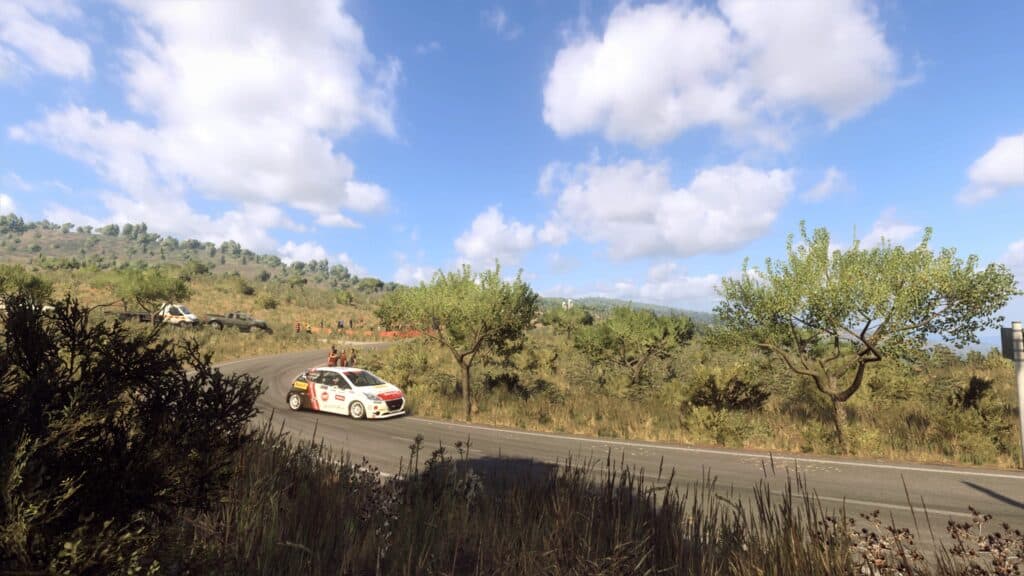
Turn those assists off
First up, assists are NOT your friend. ABS and traction control work extremely well on a flat, smooth circuit, but on a muddy, rocky trail you will find yourself quite literally bogged down!
The explanation is quite logical, ABS and traction control input so the wheels don’t slide. However, in rally there is so little grip that you end up losing too much braking ability or can’t accelerate out of corners as the traction control detects slipping.
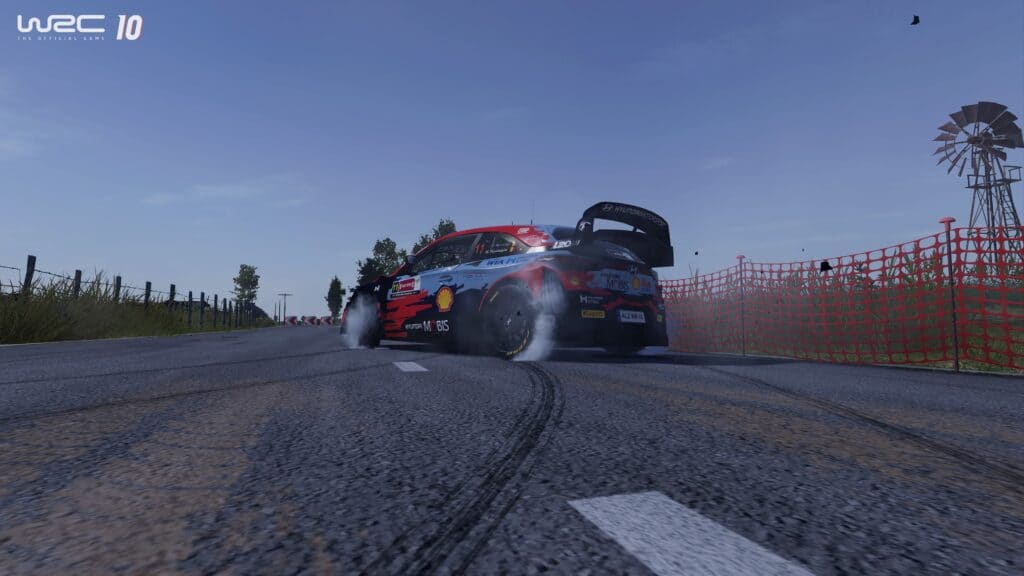
In certain conditions, those driving assists can also induce chronic understeer, something which circuit racers will scoff at! Paradoxically, disabling assists is a great way to get faster right out of the box once you are no longer a rally amateur, as sliding the car and provoking oversteer on throttle are the top two ways of controlling a rally car.
“If you’re going hard enough left, you’ll find yourself turning right” -Doc Hudson, Cars.
Adjust your wheel peripheral rotation angles
On a serious note, rally cars are constantly sliding, so you need to use that to your advantage. It’s a different kind of car control than say a single-seating racing car and takes a unique approach. For starters, you will probably need to adjust your controls.
In F1 games the pros tend to use between 300 and 360 degrees wheel rotation (mainly to be able to react quickly), but in rally, this can often be very hard to control as you will spin out if you try to turn too fast. I recommend starting off between 360 and 540 degrees rotation, enough to react quickly and permit small adjustments at the same time.
Bear in mind that this depends also on your driving style, as the WRC pros use anything from 380 to 540 or more.
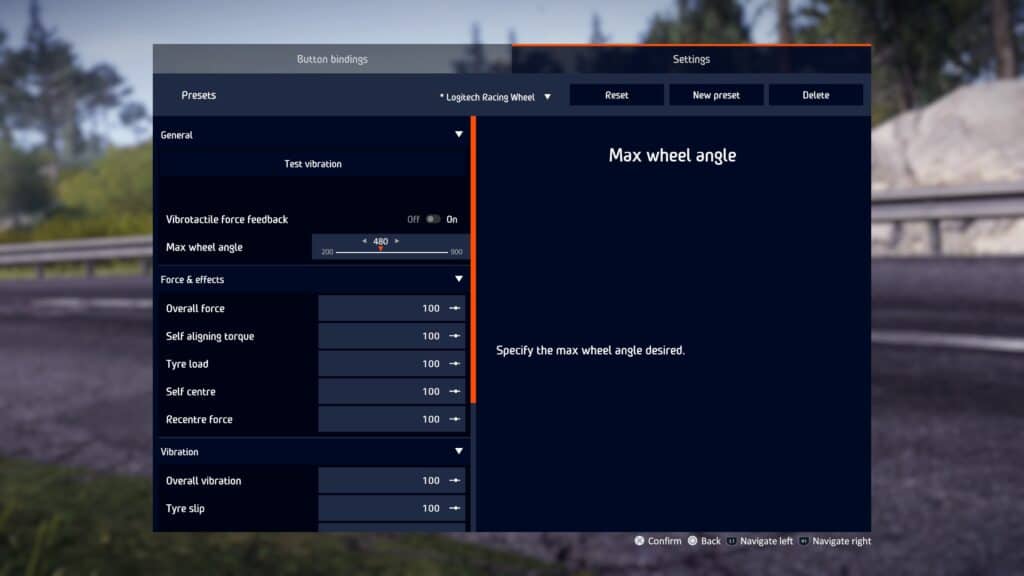
If you are using a controller or even a keyboard, I would recommend experimenting with steering saturation (aka. sensitivity) until you feel comfortable. Using a wheel is more of an advantage for most people in rallying due to the knife-edge you are forced to drive on.
If you are indeed using a wheel and pedal set, the last thing you need to check is your brake calibration. You’ll want to make sure that it is possible to hit 100 per cent braking pressure, unlike in an F1 game, for example, where trail braking is a key approach.
Master left-foot braking
My number one tip is actually very simple for beginners or people struggling generally. Use both throttle and brake during the turns.
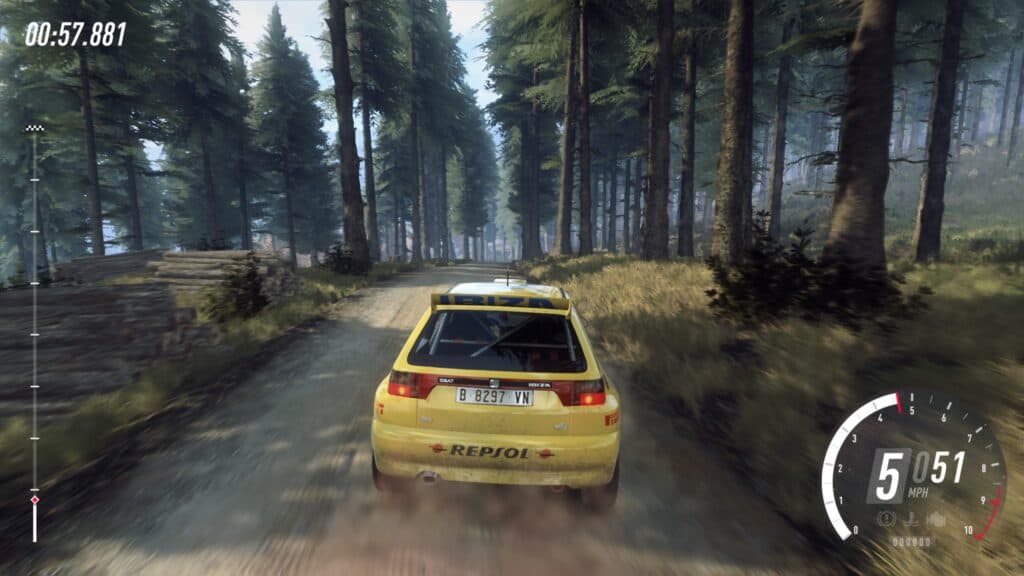
In most rally cars this will balance out the car preventing you from oversteering or understeering on gravel. Keep the throttle half applied into the corner and brake normally, then either hold the brake half on through the corner (or pump the brake) while keeping the throttle on. It takes practice but the stability gained will grant you a lot of confidence to improve and start other techniques.
Embrace the slide
Sideways IS your friend, and it’s also way more fun than scrubbing off speed braking in a straight line like in circuit racing. Rally cars slide because of the low grip that gravel provides, but also because of the lack of downforce, even on high-speed asphalt rallies.
When you are approaching a corner, slow or fast, the general approach is the same: lift off the throttle > turn in > slide > countersteer enough to avoid spinning but point the front to the apex > apply more brake or throttle depending on if you are too fast/slow.
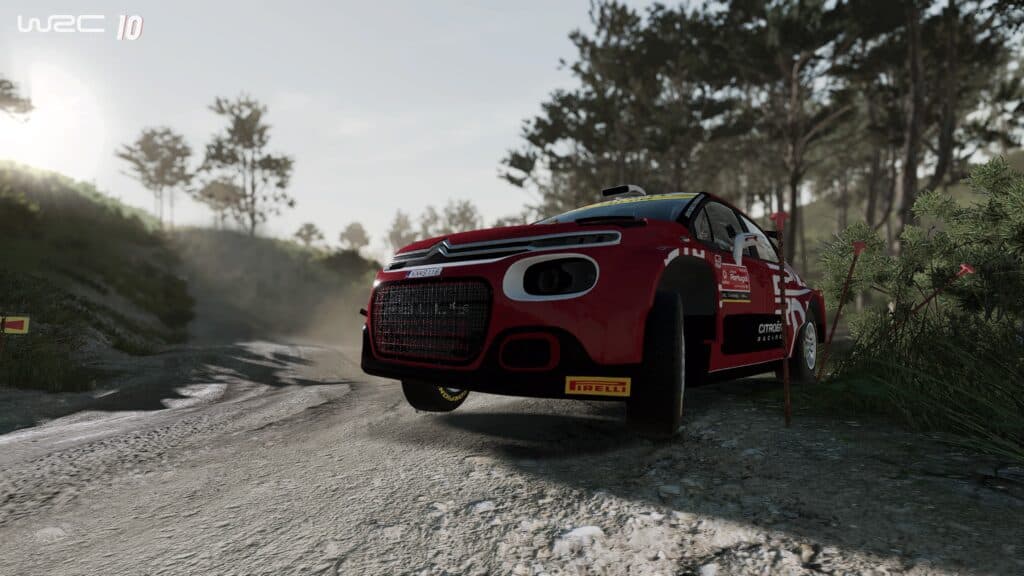
Once you start the slide you are committed for the whole corner, straightening the car immediately when you get oversteer will mean going off on the outside. I guess now is the perfect time to remind you there is no run-off…
As a general approximation, anything up to 45 degrees of slip is acceptable depending on the car you’re driving. Any more and you’re probably already facing the wrong way. But that’s what makes rally so fun, it’s essentially drifting on a dirt track or mountain road, what is there not to love?
The Scandinavian Flick
In essence, the Scandinavian Flick is sharply moving a rally car from one direction to another during the braking zone in order to rotate the vehicle, thus avoiding understeer through a corner.
Brake in a straight line and let the weight transfer, then a few car lengths before the turn come off the brake and quickly steer away from the turn (as if you were turning in the opposite direction) at 20 to 45 degrees (the more angle and aggressiveness the more rotation you will get) and quickly steer back into the turn (hence the term “flick” as you are flicking the car, perfected by the Scandinavians). The rear should step out and you can apply throttle to slide through the turn.
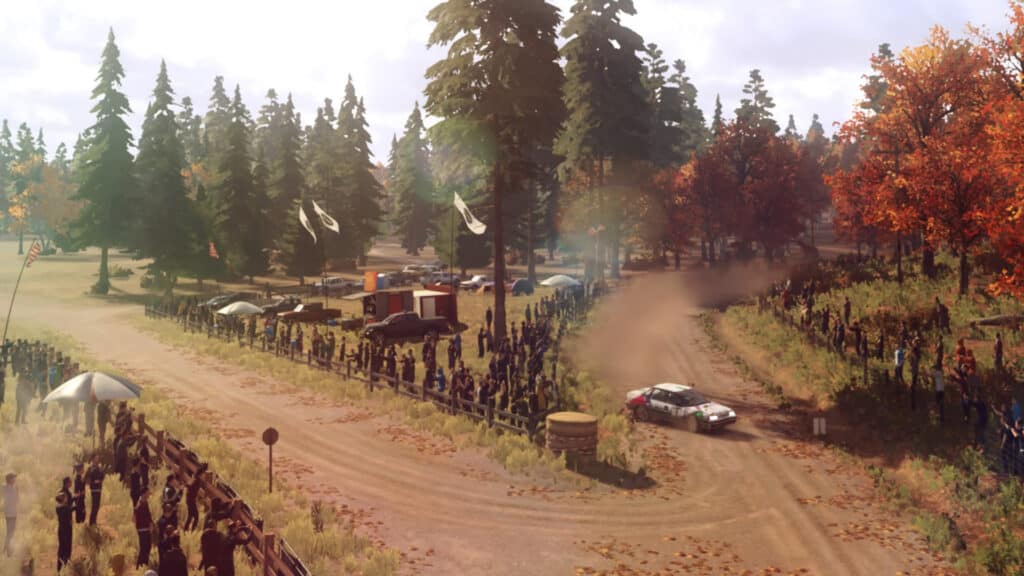
To get even more rotation you can hit the brake for a split second between the two phases of turning. If for whatever reason the car understeers, chances are you were still on the brakes, or if the car is prone to understeer you needed to use the handbrake once you turned back into the turn.
Leave a margin for error
Keep to the inside of corners at first. On the outside of corners you will rarely find a flat field or a mile of tarmac run-off, what you will find is a rock, a tree or six, a fence, or even Joe who decided to stand on the outside of a corner and isn’t afraid of death.
What I mean by this is by giving yourself a margin of error, you will learn a lot faster because you won’t crash as much, and you still have space to practice lift-off oversteer (aka. sliding) and other techniques.
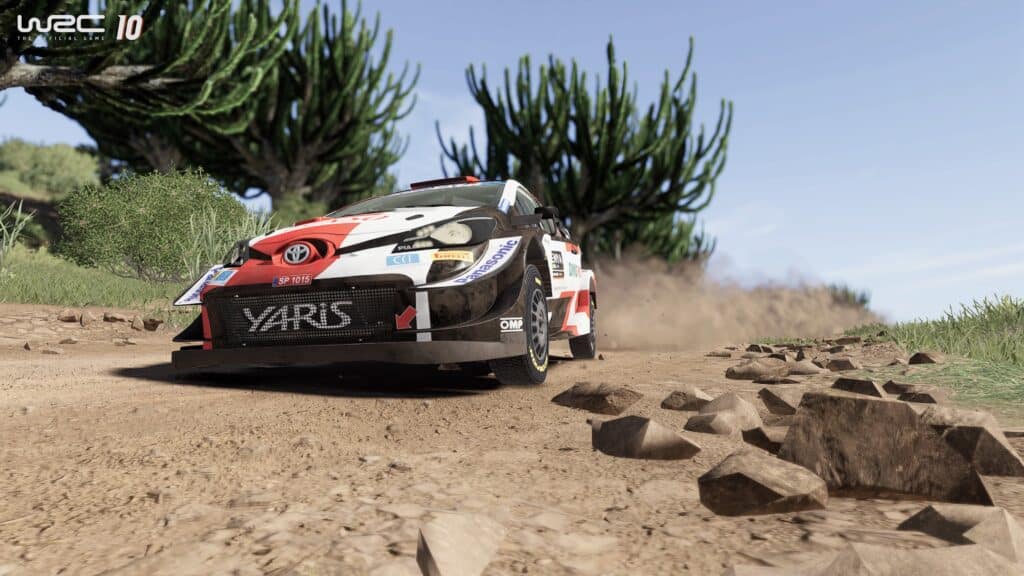
In rally, driving at 100 per speed all of the time is practically impossible, even for the pros, without crashing. Rather than telling you to not crash all the time, I will simply say crashing is part of rally even in real life, as long as you are learning from your mistakes and practising the proper techniques then you are still on the right path.
Known your drivetrain layouts
Drivetrains are the most important characteristic of a rally car, at least in terms of understanding how to drive one. There are three categories which we will break down individually:
Front-wheel drive, FWD
Most budget or compact cars are FWD, so there’s a good chance you are familiar with them. In competition terms they are a stable platform that does have some drawbacks, however, thanks to the engine power being sent to the front wheels, which also have to manage steering input.
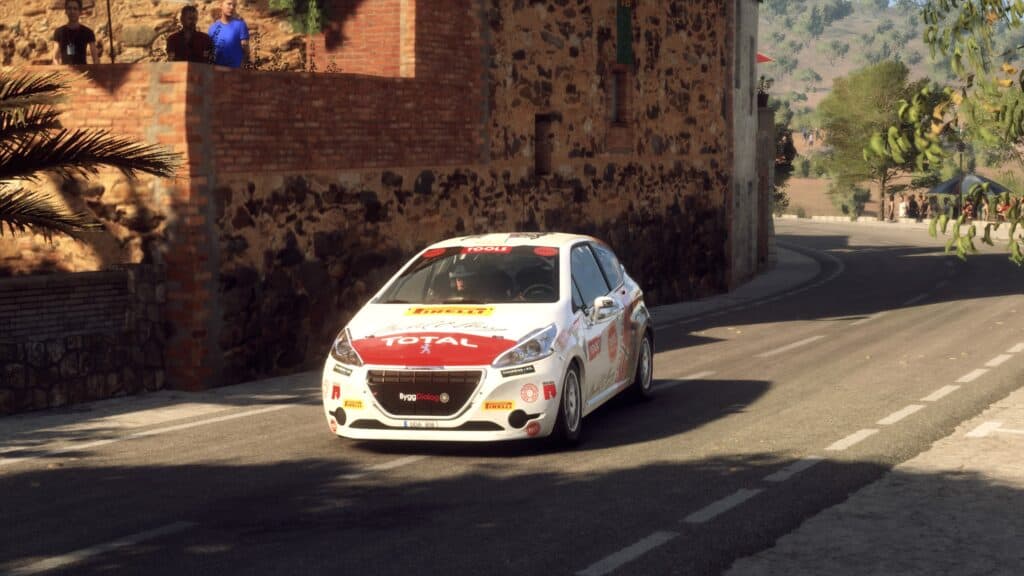
As a result, FWD will be prone to understeer, both on and off throttle, which means they have to be driven aggressively using the brake/handbrake and weight transfer to avoid understeering.
If you are in trouble you can use lots of steering and throttle to make the car turn once you are past the apex, so it’s the simplest to understand.
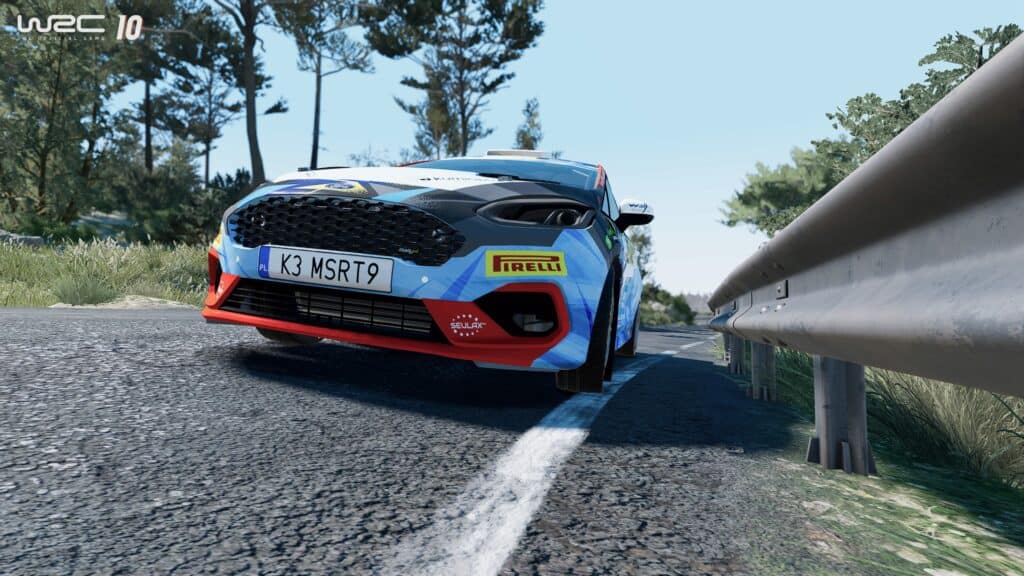
Example FWD rally cars: Peugeot 208 R2 in DiRT Rally 2.0 and the Ford Fiesta Rally4 in WRC 10
Rear-wheel drive, RWD
Most sports cars are rear-wheel drive, alongside many classic rally vehicles too. Power from the engine is rather obviously only sent to the rear two wheels. The advice is simple here: be smooth in general and use the throttle carefully to slide around corners. It sounds really easy, right?
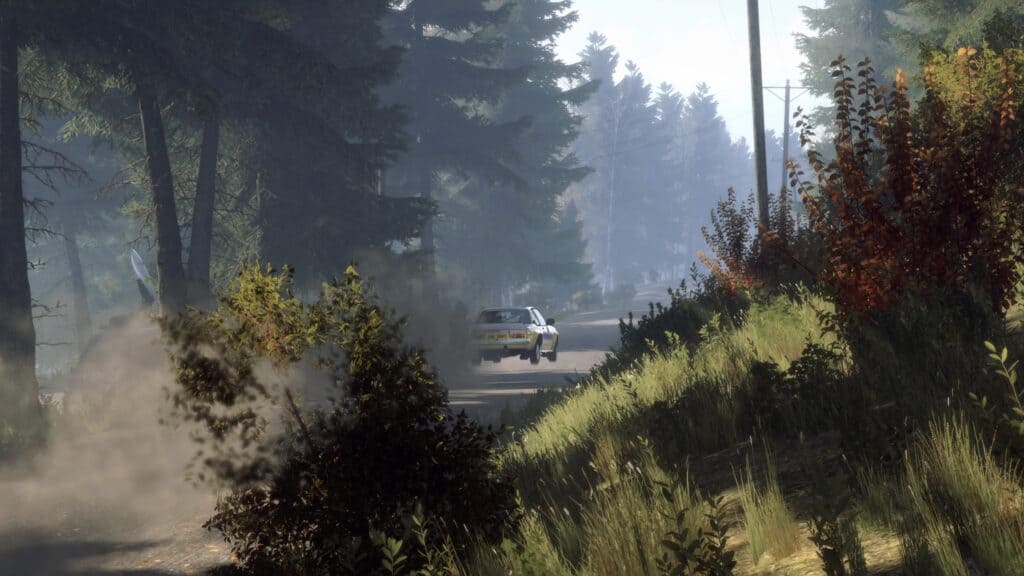
I can guarantee these are the cars you will struggle with the most, the key is learning the limit of the car without spinning. Circuit racers may be more at home with this type of handling. The Scandinavian flick was perfected from these types of RWD cars.
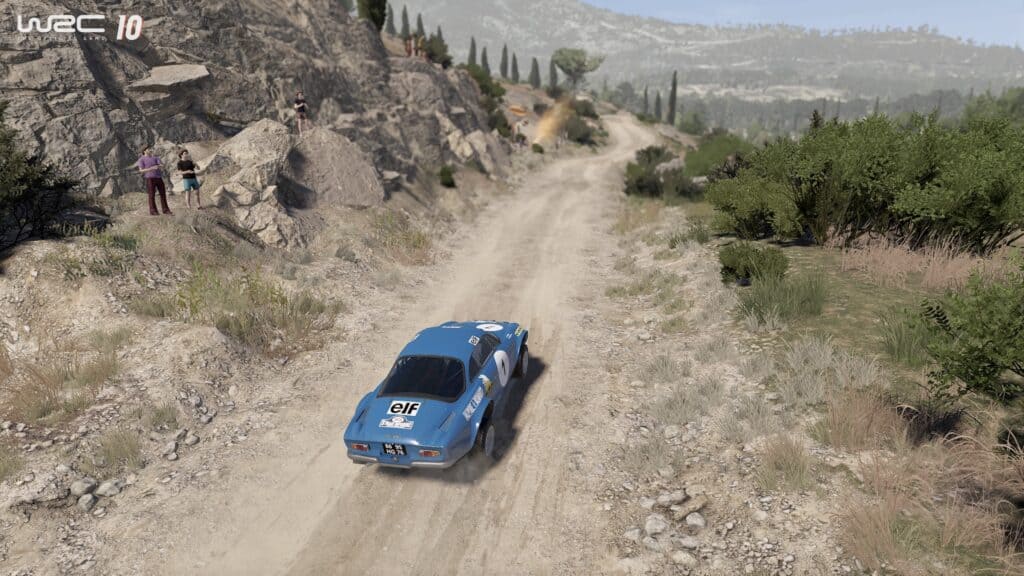
Example RWD rally cars: Opel Ascona 400 in DiRT Rally 2.0 and the Alpine A110 Berlinette 1973 in WRC 10
All-wheel drive/Four-wheel drive AWD
Rally pioneered the competitive use of AWD in the 80s, where power from the engine is sent to all four wheels. The car category was called Group B, you may have heard of it, and if not, look it up – you won’t regret it. While those cars are often clumsy to drive with oversteer and understeer, modern versions are the easiest drivetrain to use in rally. The car is more often than not stable and can corner at high speeds.
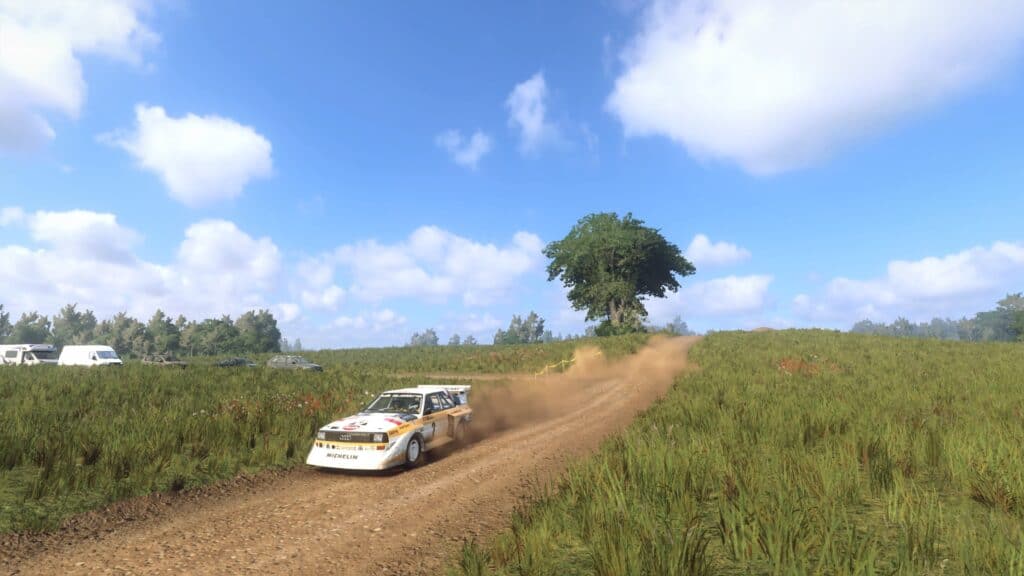
To drive these fast is an art and is difficult to get right. Because of the vast amounts of traction, and generally a lot of power, you will have difficulty finding the limit without exceeding the limit. A good rule of thumb is to be very aggressive and slide in low-speed corners, and on high speed try to keep a smooth line maximising traction and momentum with no more than 20 degrees of slip.
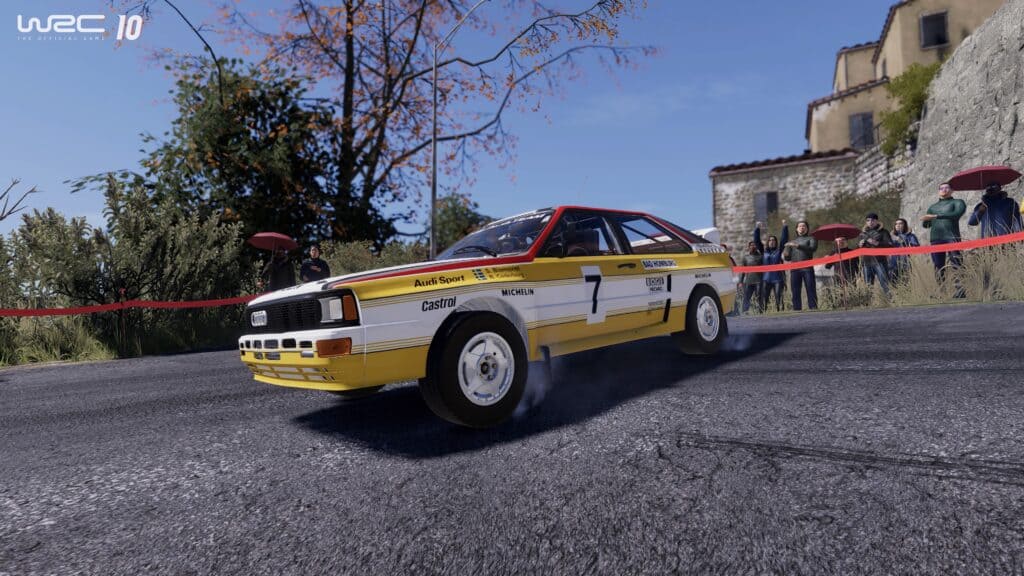
Example AWD rally cars: Audi Sport quattro S1 E2 in DiRT Rally 2.0 and the Audi Quattro A1 1981 in WRC 10
Car setups
Setups are extremely variable between car classes, a modern rally car can be a lot stiffer than a classic car which needs soft suspension to navigate the jumps. In general, setups matter a bit less in rallying as there will always be a drawback to a particular group of settings – instability or feeling like a boat, generally – due to the differentials in the road surface and rough terrain. You need a balanced setup that is not perfect but the best to cope with the surface changes.
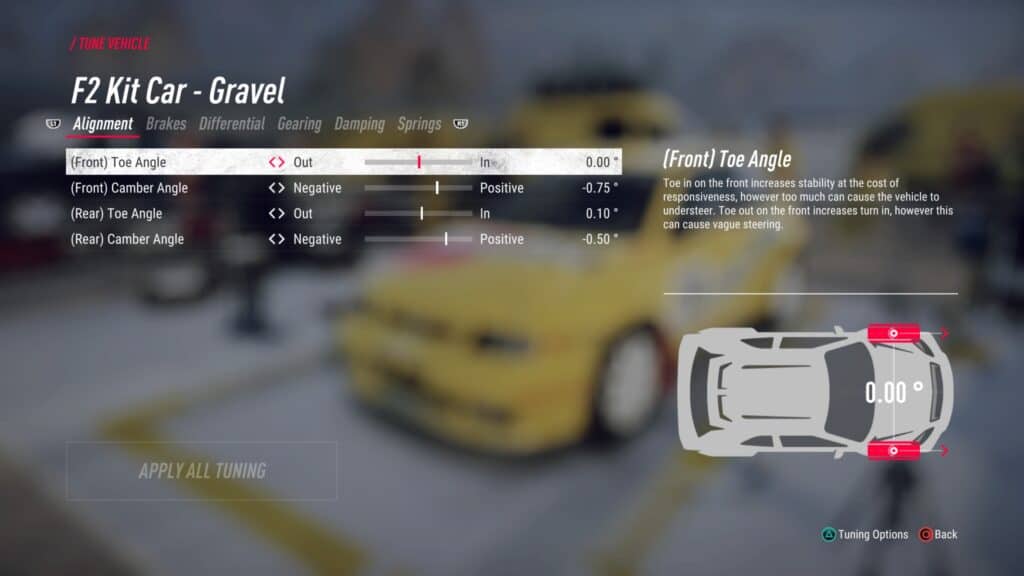
You will have to get used to driving around a problem rather than fixing it fully. You can find setups online which will help you with most rally games, however, even the creators of those setups are still searching for that perfect results.
Pay attention in particular to differential setup and brake bias/pressure, these settings are car specific but experimenting with them can be an easy way to get rid of chronic understeer and oversteer.
Stage mode enabled
There we have it, that’s my guide for those trying to get into rally games, or achieve quicker stage times without visiting the shrubbery.
Once you’ve put all these elements into practice, I have two points to keep in mind when trying to stay on stage:
- Hit the apex and don’t overshoot
- Never slide over 45 degrees angle or bog down during or after the corner
Both are signs that you are driving too quickly or too aggressively. If this is happening, step things down a notch and remember the tips mentioned in the article.
Izamusing is both a 2020 and 2021 WRC Esports finalist. You can find him @izamusing on Twitter and Twitch.
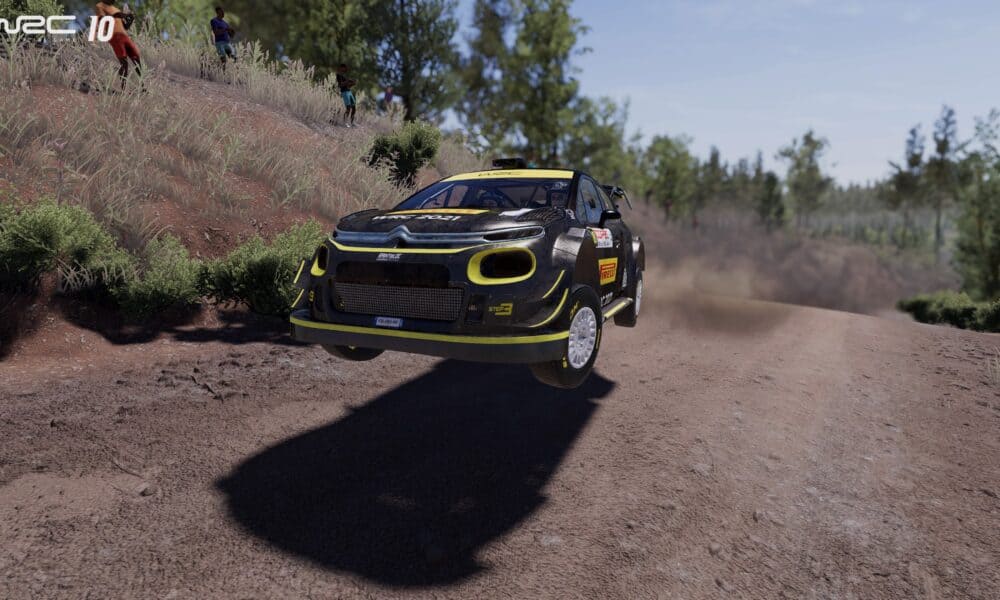




Chat with the Community
Sign Up To CommentIt's completely Free